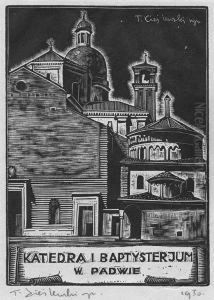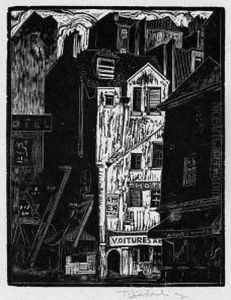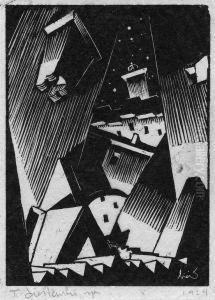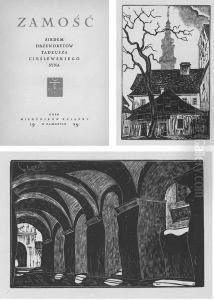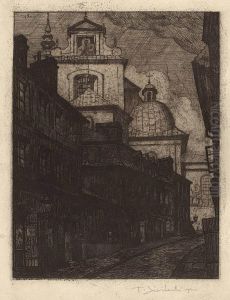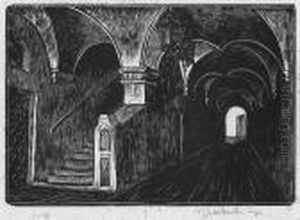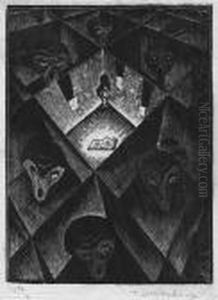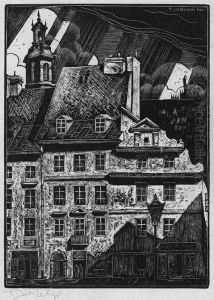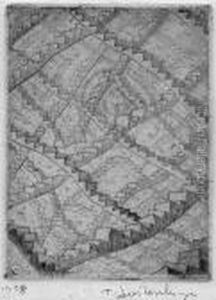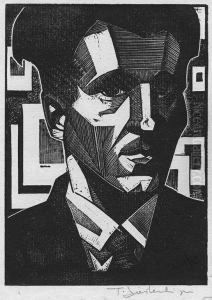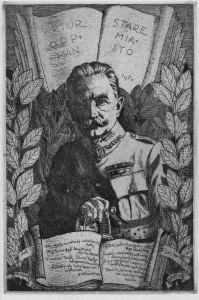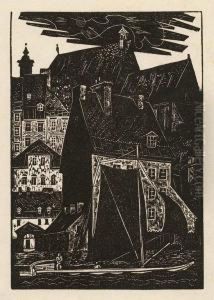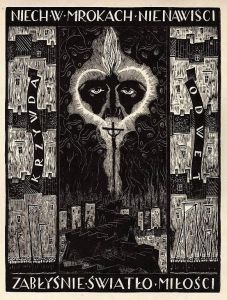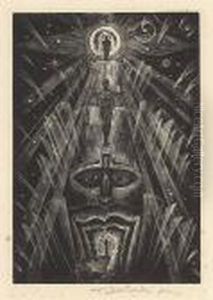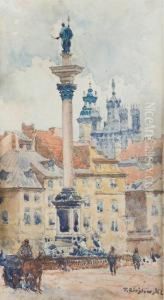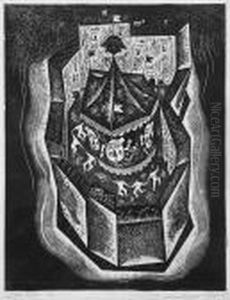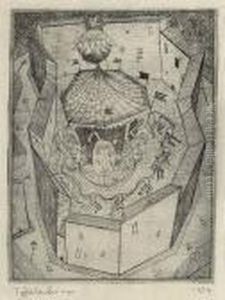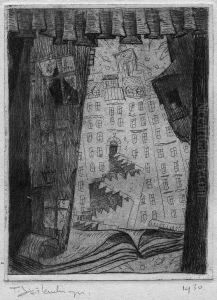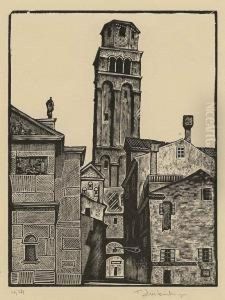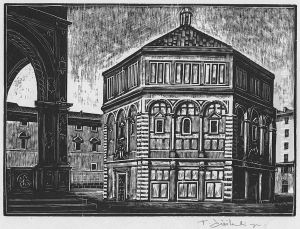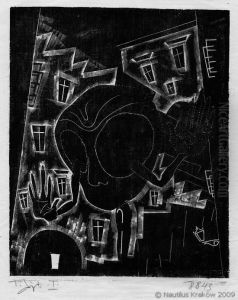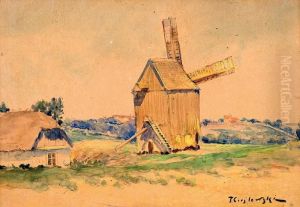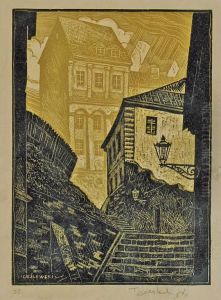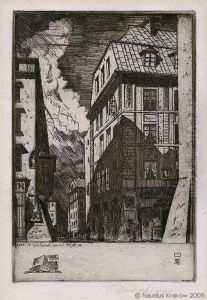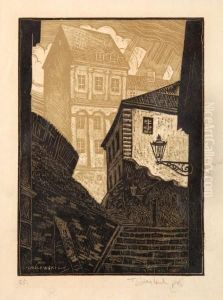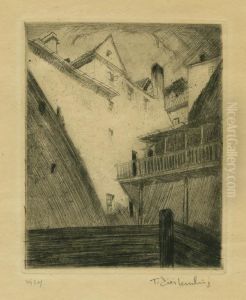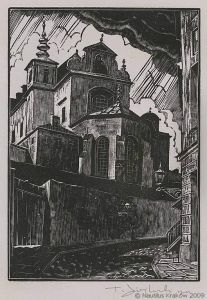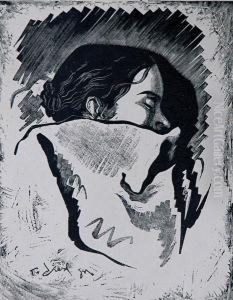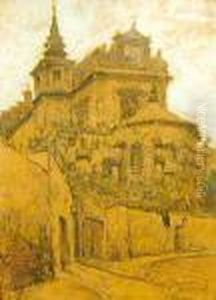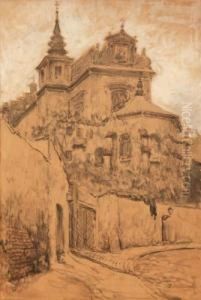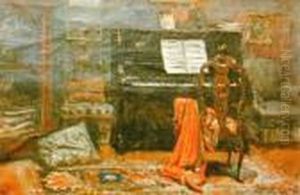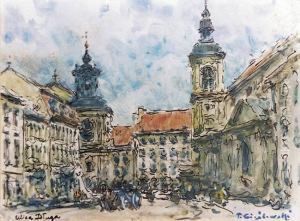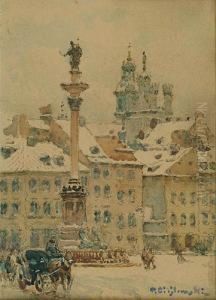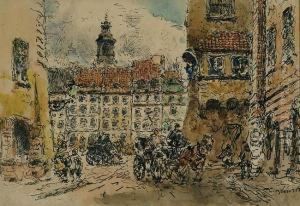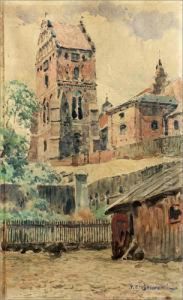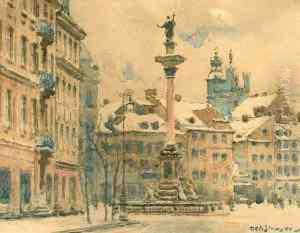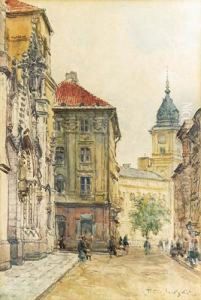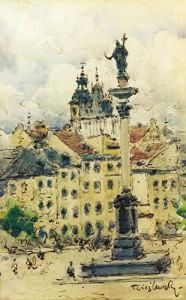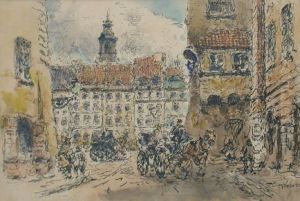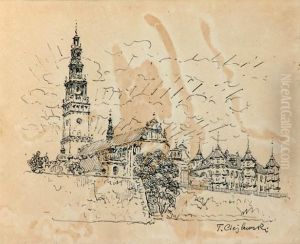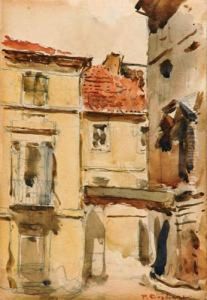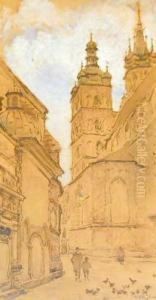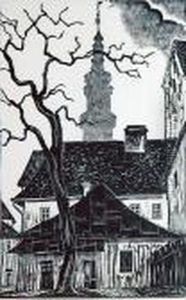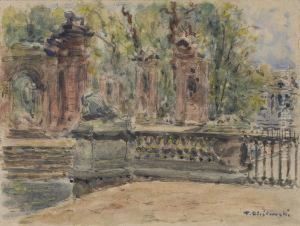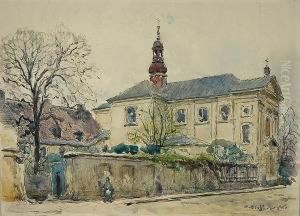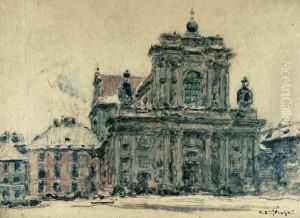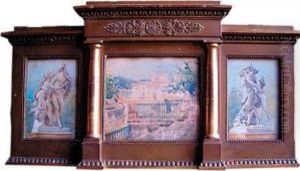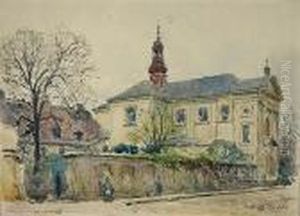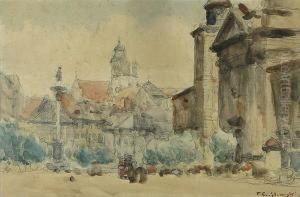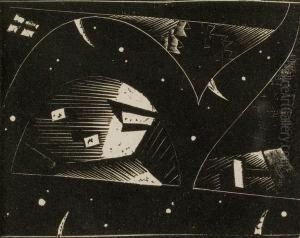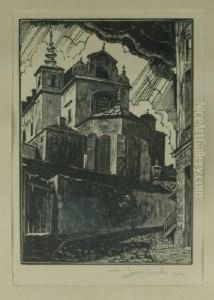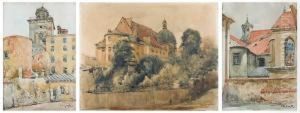Tadeusz Cieslewski Paintings
Tadeusz Cieslewski was a Polish painter and graphic artist whose life and career were significantly impacted by the historical events of the early 20th century. Born in 1895, Cieslewski was part of a generation that witnessed the tumultuous changes brought about by World War I and World War II.
In the early stages of his career, Cieslewski was influenced by various art movements of the time, including Expressionism and Cubism. His work often featured bold colors, dynamic compositions, and a sense of movement that reflected the technological advancements and societal changes of the period.
During World War I, Tadeusz Cieslewski served in the Polish Legions, a military formation that fought for Poland's independence. The experience of war deeply affected him and became a recurring theme in his art. He often depicted soldiers and scenes of battle, using his artistic language to express the horrors and heroism he witnessed.
Following the war, Cieslewski continued to develop his artistic style. He became associated with the Polish avant-garde and contributed to various art journals and exhibits. He was also a member of the Formists, a group of artists who sought to create a new artistic language appropriate for the modern era, which was characterized by a break from realism and traditional forms.
Cieslewski's career was tragically cut short during World War II. He was active in the Polish resistance movement against the German occupation. In 1943, while taking part in the Warsaw Ghetto Uprising as a combat medic, he was killed in action. His death marked the loss of a promising artist whose work had begun to gain recognition and who might have further contributed to the development of modern art in Poland and beyond.
Despite his early death, Tadeusz Cieslewski left behind a body of work that continues to be studied and appreciated for its innovative approach and historical significance. His legacy lives on through his paintings, drawings, and graphic works, which remain a testament to his talent and the turbulent times in which he lived.
